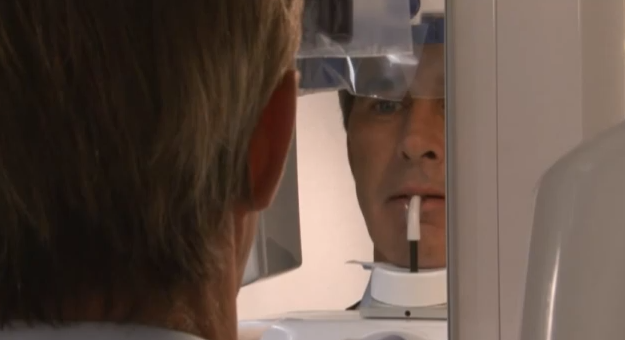KaVo Kerr is thrilled to announce that it will host its third annual Dental 3D University (3DU), featuring imaging solutions from KaVo™, Instrumentarium™ and Gendex™. 3DU is a one-of-a-kind 2-day event that offers dental professionals an educational environment dedicated to Cone Beam 3D (CBCT) solutions that will enhance their practice and put them in full control of treatment outcomes. This year, 3DU will be held September 29-30 in Dallas, TX.
- Dr. Lou Shuman
- Dr. Kevin Aminzadeh
- Dr. Douglas Chenin
- Dr. Lou Graham
- Dr. Diwakar Kinra
- Dr. Lisa Koenig
- Christine Taxin
- Dr. Terry Work
- Dr. Gy Yatros
- Laura Howerton, RDH
- Art Curley
“Being the go-to partner for dentists means offering more than just a stellar product. 3DU is an expression of our commitment to the dental team, wanting them to be educated and empowered to use state-of-the-art technology in delivering optimal care and outcomes,” said Pankaj Jaggi, Senior Director, Marketing, for KaVo Kerr Imaging. “We are excited to present a program that will offer tips dentists can put into use right away, as well as concepts that will benefit them in long-term strategizing for the dental practice.”
This impressive line-up deserves a world-class stage, and the venue for 3DU will not disappoint. Located just 20 minutes north of downtown Dallas, the Omni Frisco Hotel is described as “a modern cornerstone of the city reflecting the culture and energy of the area.” Just outside is The Star, the new social hub of Frisco and Home of the Dallas Cowboys, where guests can easily access both entertainment and shopping. Make your hotel arrangements by August 31 to take advantage of the 3DU special rate.
Visit Dental3DU.com today to pre-register for the event and lock-in discounts for both dentists and dental team members.
About KaVo Kerr
KaVo Kerr is a cohesive organization comprised of two global leaders, united to provide dental excellence and serve as a single premier partner for the dental community. KaVo Kerr operates with a common vision inspiring and helping our customers, their patients and our own associates realize their potential. KaVo Kerr offers solutions for endodontics, restoratives, treatment units, infection prevention, imaging, rotary and instruments.




